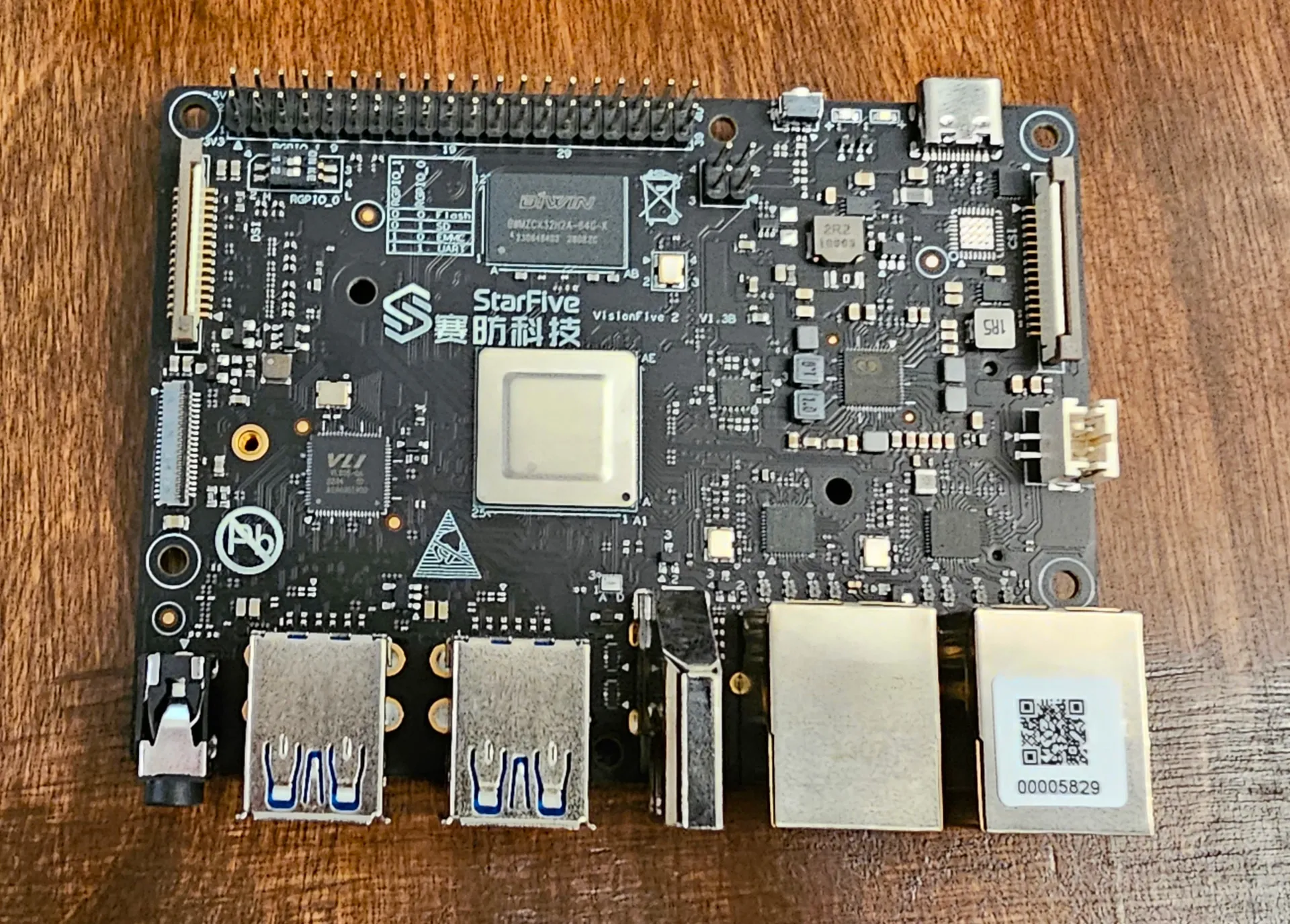- cross-posted to:
- [email protected]
- cross-posted to:
- [email protected]
Nifty. I love the idea of risc v but fear there is no real consumer market for it that isn’t better served by arm though.
Soon, my friend, soon.
The biggest advantage is that there is no royalties, like the ARM requires.I’m not sure that’s big enough of an advantage though. I hope it is but history shows that most people are more than willing to pay for convenience over freedom.
Check out MilkV, they have a 64 core RISCV workstation that supports PCIe at full speeds and has NVMe and SATA slots like a completely normal x86 motherboard.
People have gotten modern AAA games running on it.
If you license a design from someone you’ll still be paying something. Sure there are also free implementations but they are aimed at microcontrollers, you won’t get any server class chips for free.
I do not think it is about the royalties in most cases. I mean, RISC-V royalties may be the reason you choose it over ARM for a custom chips ( say in the bajillion SSDs you are going to ship ). Perhaps you were going to choose a different ISA for a microcontroller and the lack of license fee makes RISC-V attractive.
For chip maker, it is the freedom that matters as that is what “convenience” means to them. And it means less risk. Look at the Qualcomm / ARM lawsuits right now. That would not happen if Qualcomm had chosen ARM.
And if you are a chip maker licensing core designs, do you want your ISA to force you into a monopoly? ARM is more mature today but the role that ARM the company plays is being filled by multiple RISC-V suppliers ( HiFive, Milk-V, etc ). More players means more completion means more choice and probably better prices. ARM’s core business is licensing chip designs and they are about to have a lot of competition from RISC-C.
And in the end, competition from and within the RISC-V space will drive down prices for consumers. That is what consumers are going to care about. The lower prices will not really be because of lower license fees ( though that will help of course ). And it all comes with a large and open software ecosystem. So the “convenience” will be there too.
I expected a joke about a monarch
deleted by creator
Why is ARM better suited for the consumer market?
It’s faster, lower power consumption, and very well supported.
I am torn on this chip. One way of looking at it is negative as they are adding custom instructions that are not part of the RISC-V standard. Part of me hates the fragmentation.
On the other hand, the alternative is that they release another MIPS chip ( MIPS ISA, not RISC-V ). That obviously fragments the CPU space even more and does nothing to drive the RISC-V space forward.
If I take a step back, this is exactly the freedom that RISC-V represents. Not only did it make sense for MIPS to adopt RISC-V over their own ISA but this is the kind of thing that would not be possible if they went with ARM.
What makes RISC-V better than ARM is the freedom, not the lack of licensing fees. I think this is an example of how RISC-V wins in the end.
Equivalent instructions will make it into the RISC-V spec ( official extensions ) and future MIPS chips will no doubt use the standard at some point.
In the end, this just creates more demand for and more support for RISC-V on Linux and Open Source RISC-V toolchains ( such as compilers ).
Anything that moves RISC-V forward is positive.






